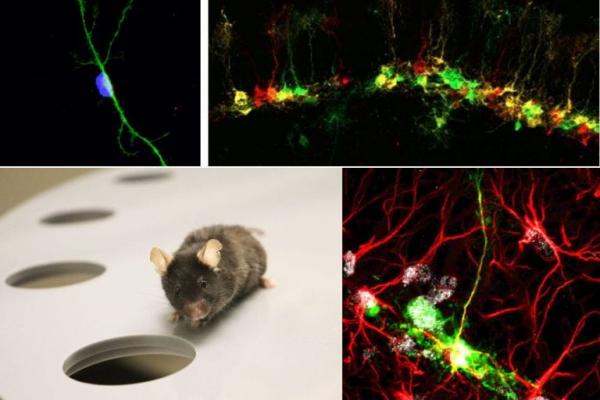New publication from Kirby Lab

The Kirby Lab has recently published a paper in eNeuro examining the utility of common transgenic model system for testing cell autonomous gene function. Ligand-dependent Cre recombinases, such as the CreERT2 model, are a fundamental tool for inducible gene modification used to investigate gene function in many cell populations. It is common practice to combine cell-specific CreERT2 -lox systems with a ubiquitously expressed stop-floxed fluorescent reporter gene to identify single cells undergoing target gene recombination in studies of cell autonomous gene function. In this manuscript, we use probablistic predictions and experimental data to show that recombination in separate genes can show poor concordance in individual cells. This poor concordance in floxed sequence recombination across genes suggests that use of stop-floxed reporters to investigate cell autonomous gene function may not be universally reliable and could lead to false conclusions.
Citation: Dause, TJ & Kirby ED. Poor concordance of floxed sequence recombination in single neural stem cells: Implications for cell autonomous studies. eNeuro 20 February 2020, ENEURO.0470-19.2020; DOI
